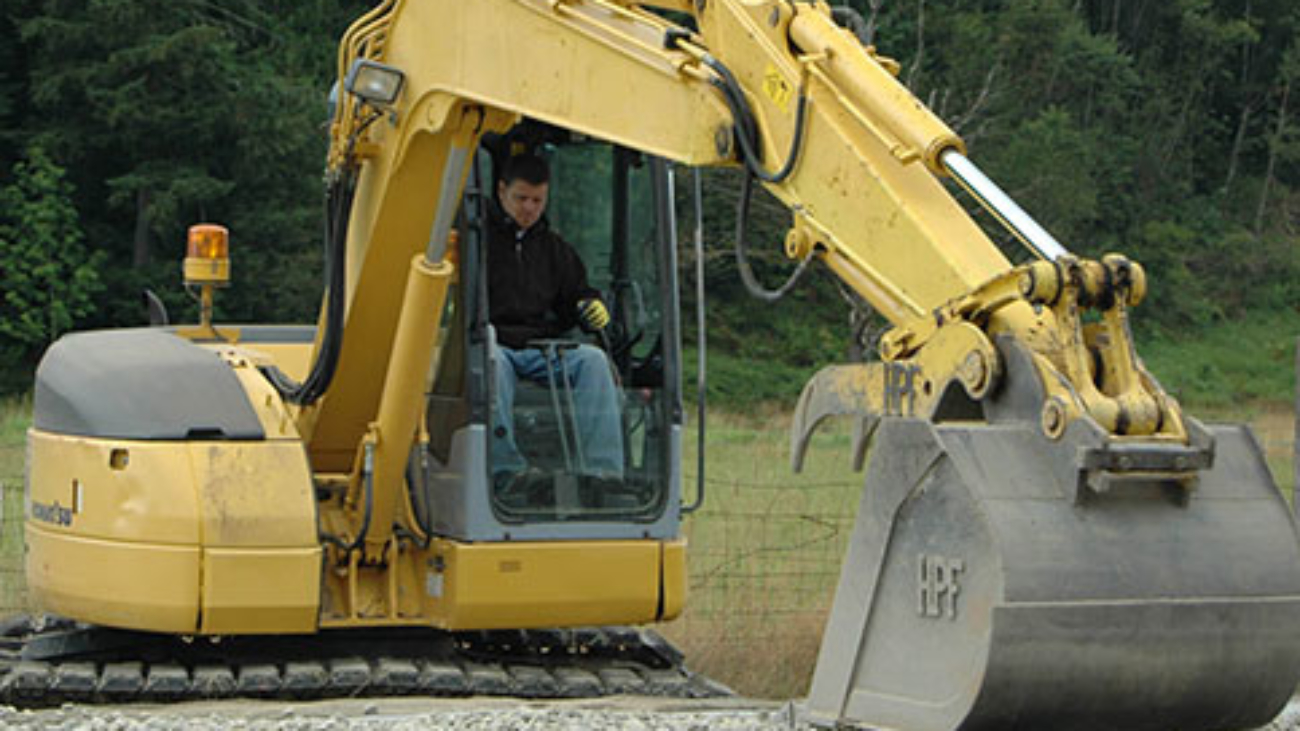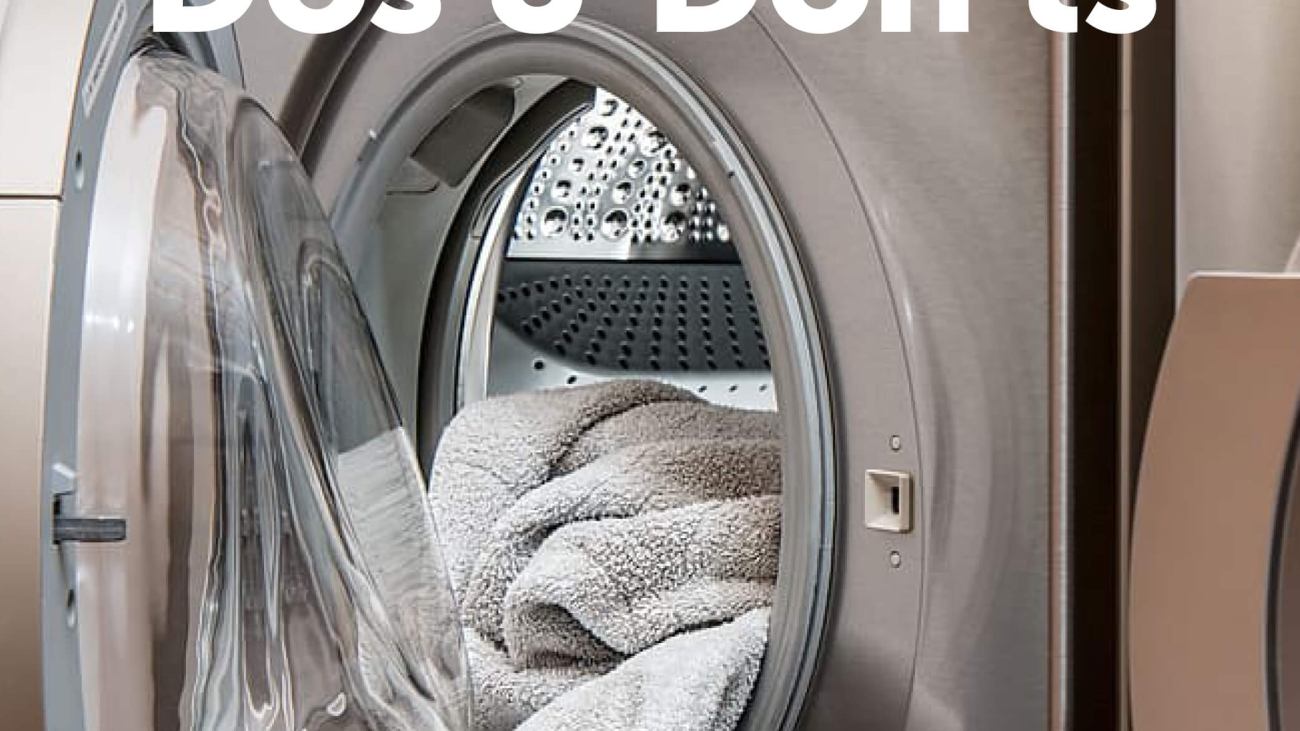Question:
When should my seller have their septic system pumped and inspected?
Answer:
We suggest that sellers have their septic pumped and inspected BEFORE they list their home. If there is an issue or failure with a system, it could take several weeks or even months before the repair can be completed and signed off by the health department. This could delay a closing or even cause a sale to fail if the cost of the repair is more than the seller’s proceeds.
Question:
What does the health department require with the sale of a home?
Answer:
All sellers of properties with onsite sewage systems must have their system inspected by a certified On-Site System Maintainer (OSM) before the transfer of title.
Before closing, the seller must record a Notice of On-site Sewage System Operation and Maintenance Requirements (OSSM) at the King County Recorder’s Office. This is also known as the Northwest Multiple Listing Service form #22U. If the Notice is already recorded on title, this requirement has been met – the seller does not need to record the Notice again. The seller must give a copy of the recorded OSSM to the buyer prior to closing.
Question:
How long are septic inspections good for?
Answer:
OSS Property Transfer Inspection Reports are valid for six months from the inspection date.
Question:
What should happen during a septic system inspection?
Answer:
The inspector will check for the following:
Pumping and maintenance records; The age of the septic system; Sludge levels and scum thickness in the tank; Signs of leakage, such as low water levels in the tank; Signs of backup, such as staining in the tank above the outlet pipe; Integrity of the tank, inlet, and outlet pipes; The drain field, for signs of system failure like standing water; The distribution box, to make sure drain lines are receiving equal flow; and Available records, to ensure the system complies with local regulations regarding function and location.
Question:
How long can a septic repair take?
Answer:
Depending on the repair it could take 6-8 weeks from start to finish. The steps would be:
design, county approval, permitting, install, county inspection & backfill.
Question:
Are permits required for septic repairs?
Answer:
Yes
Question:
How do you maintain a septic tank?
Answer:
- Regularly inspect and maintain your septic system
- Pump your septic tank every 3-5 years
- Be water-wise
- Direct water from land and roof drains away from the drain field
- Landscape with love
- Keep septic tank lids easily accessible.
Question:
What happens if a septic tank is not pumped?
Answer:
If the tank is not pumped, the solids will build up in the tank and the holding capacity of the tank will be diminished. Eventually, the solids will reach the pipe that feeds into the drain field, causing a clog and wastewater could back up into the house.


